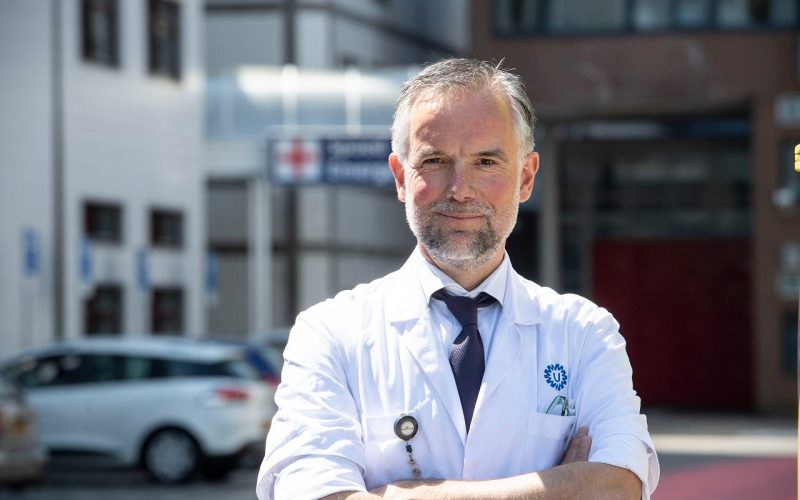Bart van der Worp has been appointed Professor of Acute Neurology, with a special interest in cerebrovascular diseases, at the Faculty of Medicine of Utrecht University with effect from 1 March 2021.
The consequences of a cerebral infarction or cerebral hemorrhage are often dramatic: people die or are left severely disabled. This not only has a large impact on the patients themselves, but also on their family and people around them.Bart van der Worp is conducting research into new treatments for these disorders together with investigators from the Netherlands and abroad.Although a lot of progress has been made in this area in the past 10 years, the number of effective treatment methods for a cerebral infarction or cerebral hemorrhage should really increase, according to Van der Worp.
Bart van der Worp has been working on the prevention and treatment of CVA for over 25 years, initially in the laboratory and later in settings such as clinical trials. Van der Worp: “This work has certainly had its successes, but delivered just as many disappointments. Many treatments that could theoretically be of great benefit or that are very successful in the laboratory do not always work well in clinical practice.”
Treatment methods for a cerebral infarction have increased considerably in the past 10 years. The introduction of endovascular thrombectomy in daily clinical care has been particularly important. With a thrombectomy, the interventional radiologist uses a catheter to remove the clot that has blocked a blood vessel in the brain. This considerably increases the chance of a good recovery. However, this treatment is only possible in 5 to 10% of patients with a brain infarction, and about half of the patients remain significantly disabled or die within the first few months.
Van der Worp: “There are currently only two effective treatments for an acute cerebral infarction: thrombolysis and the above-mentioned thrombectomy.” With his research, Bart hopes to contribute to extending the number of treatment methods in the coming years.
“By developing new (additional) treatments, we want to achieve that damage to brain tissue as a result of a stroke is limited, so that we can offer patients a greater chance of a good recovery.”
Over the next two years, Bart van der Worp will complete three of his ongoing clinical trials. He has some plans for new trials, but does not have the money for this yet. And while the treatments he wants to investigate aren’t complicated, the increased regulation of conducting clinical trials is. “Everything has become more complex and, as a result, more expensive. So finding funding for new research will be my top priority in the coming period.”
When asked what he is most looking forward to after his appointment, Bart says: “I’m especially keen to start a new trial with which we can contribute to increasing the chance of a good recovery of patients who have had a stroke. And …. of course I’m also looking forward to some more post-COVID fun with all my research colleagues.”
